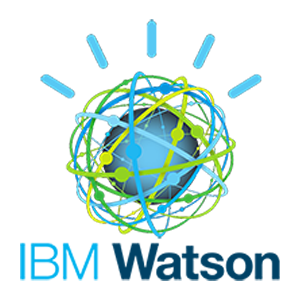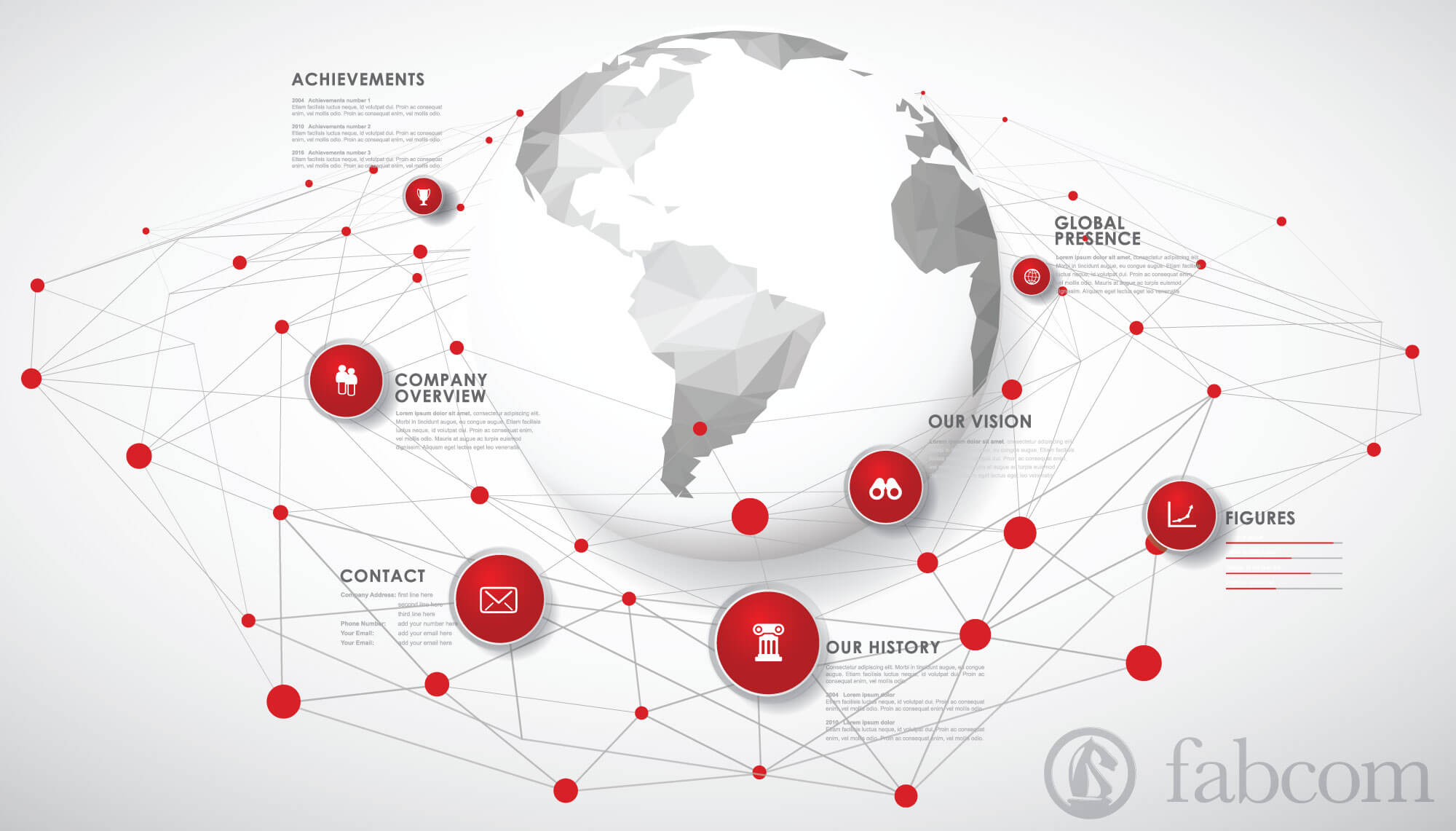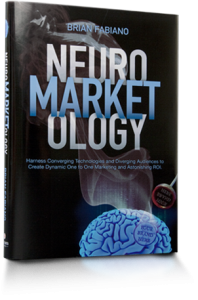
Digital Agency Blog
Psychonomics: A Facet of Neuromarketology
Psychonomics: A Facet of Neuromarketology
More than a decade ago, a small team at FabCom began assembling the set of emerging and converging concepts, insights, methodologies and tactics we had developed over the years into what became a powerful, coherent, dynamic, and quantitative system of marketing we called Neuromarketology.
FabCom CEO Brian Fabiano’s 2010 book of the same title (available on Amazon) has since brought recognition of this successful science to a world-wide audience. As the subtitle of the books states, Neuromarketology allows marketers to “harness converging technologies, diverging audiences and splintering media channels to create hyper-relevance and unprecedented marketing ROI.”
At the time, “big data” technology didn’t exist to compile and crunch the mountains of consumer data streams that are available to us now. As marketing practitioners, we knew that in order to connect with markets effectively, we have to—to the greatest extent possible—speak meaningfully to individuals about why something is right for them, specifically. Not the what. We knew we had to step up our ability to more minutely segment the market beyond simple demographics and census statistics in order to map our client’s brand attributes directly to individuals in the market. We had to go beyond the traditional question, “What do they want?” to answer, “Why are they thinking about what they want?”
We were truly on a mission to discover the hidden psychographics behind prospective target behaviors in order to scale the ability to create higher-return marketing campaigns. This was the path we marched, getting ever-closer to speaking relevantly to individuals and vectoring from their behaviors with hyper-relevant marketing messaging that would cut through the clutter of advertising. We had landed right in the middle of what would become Psychonomics.
The dictionary definition of psychonomics is “the study of individual minds in relation to their environment.” How we see our environment and how we deal with objects in that environment. By combining the knowledge of many disciplines – psychology, history and culture, to name a few – psychonomics became a driver for the development of Neuromarketology and allowed us to understand how individuals are thinking at that intersection of science and art when they are considering a purchase/investment. Why does one believe that a red car looks faster and another thinks silver means speed? Why does a well-designed couch appear more comfortable than a drab one?
But, in the early days, when we began thinking this deeply about thousands or millions of individuals and endless variables, we realized we needed more data processing power. The mission was to reach our goals for understanding how to make marketing messaging more relevant at an individual level, rather than merely a well-defined target audience. With Neuromarketology and psychonomics, we had created a system and methodology that allowed us to deliver consistently better results for our clients, but we knew we could do even more if we could analyze more granular data.

Today, in a big-data world, we finally have the technological horsepower we need to bring our neuromarketing system to the next level—hardware and software that can easily crunch terabytes of data efficiently. FabCom was among the first to harness IBM’s Watson artificial intelligence platform to enhance the application of the known datasets to the if/then relevant daily messaging of our marketing funnels. The effect of the platform’s deployment is an instant deepening of the analysis and subsequent evolution into more visceral, progressive, and individualized messaging.
The important point to consider in this arena is that all the new insights and applications are from an end-to-end customer experience perspective and not so much from the corporate perspective.
Suddenly, we had a tiger by the tail. Simply speaking, the teams at FabCom were some of the very first in the world, more than a decade ago, to realize a new set of emerging tools coming out of communications convergence. These new tools empowered us in the age-old craft of integrated marketing and advertising designed to drive prospective target audiences through the buying cycle. From targeting, to awareness, then moving prospects through consideration into the investment or purchase stage, and finally assuring their loyalty.

The development of Neuromarketology began with researchers at Cal Tech using functional magnetic resonance imaging (fMRI) and their 2004 landmark conclusions of studying real-time brain activity in subjects while they were engaging with some form of content.
Reading their study sent our teams at FabCom into overdrive in a rush to mashup their new discovery with the age-old art of marketing and its proven theories. As a top strategic-based firm, we were using the five-factor model (FFM) and the lexical hypothesis that the very best of marketing agencies leveraged at the time to create the most viscerally engaging advertising.
Over the last 10 years of developing the neuromarketing models within all industry sectors, FabCom has leveraged the insights of the Cal Tech study and combined it with the emerging and converging tools of our industry, such as real-time behavioral if/then trigger algorithms, eye-tracking technology, and real-time marketing dashboards in order to build a truer understanding of how individuals engage with their environment and content, even at levels they may not be able to articulate.
Our early work in Neuromarketology and psychometrics established a new architecture for understanding and reacting to the marketplace as individuals rather than target group statistics. We are building on our now-mature methodology with the new IBM Watson platform and its ongoing integration with IBM Cognos.
Thanks to our partnership with IBM Watson and now the new need, a desperate demand for companies all over the world to accomplish what we have developed and implemented as a core methodology of the agency. You see, someone has to “teach” the deep machine learning of an AI system to achieve AI’s amazing capabilities. Someone must program the program and get it to serve-up the right content to react according to each customer’s perceptions based on their individual demographics, their individual psychographics, and their individual behaviors.
The boon for this mid-sized integrated marketing and advertising agency in Scottsdale, Arizona is IBM Watson and Cognos. “Big Blue” is showing the world with a massive educational campaign what our team has been perfecting and working with clients to realize for a decade. IBM Watson and Cognos also based their core algorithms on the same multidimensional model upon which we built our neuromarketing methodology:
- The five-factor model (FFM)
- The lexical hypothesis
- Mapping the demographic, psychographic, and behavioral profiles of the target audiences in real-time and on the fly
- Syncing variable and progressive messaging to the timing of the buying cycle
- All of these factors are used within Neuromarketology to directly connect targets to the honestly occurring brand, product, or service attributes. We call it brand-mapping.
The entire industry must also start to recognize and inform customers how deeply these converging technologies will change all of what we do in marketing and how we do it. It reminds us of 1991 and the dawn of the internet. Those of us playing on the edge of communications technology at the time understood the exponential tipping point we were closing in on. Being an early adopter of AI and dynamic contextual relevance has become our agency’s advantage.

Early adopters are truly dreaming big and working hard for four or five years before anything goes mainstream. The same thing happened with the .com days, with everyone scrambling to get on the internet. Some of the first things to change this time will be the customer relationship manager (CRM) giving way to AI. CRM will be reduced to a mere database that feeds a data lake from which we pull orchestrated, artificial intelligence that iteratively learns from customer interactions.
So, what are the next steps to move ahead of the pack and seize market share with AI-driven progressive messaging? It’s obviously a paradigm-changing marketing business intelligence technology that must be driven by an equally dynamic methodology. It’s just great tech that will change everything, and now your company can afford it.
But who’s going to program the “program” or the AI to react with specific customer centricity? We know for sure it is not technologists who create and maintain the hardware, not network security folks, and not software sales teams. Programming marketing-centric AI will become the domain of teams who understand the tech. They will not only see deeper into the data, but will also wield it to create a myriad of emotionally resonating and personally engaging marketing messages that connect people with brand attributes that appeal directly to each individual.
Why? To create fantastically efficient targeting and amazing customer experiences to drive marketing ROI. It’s time to eat your competitors with the bigger and sharper teeth of AI-driven dynamic and progressive messaging.
